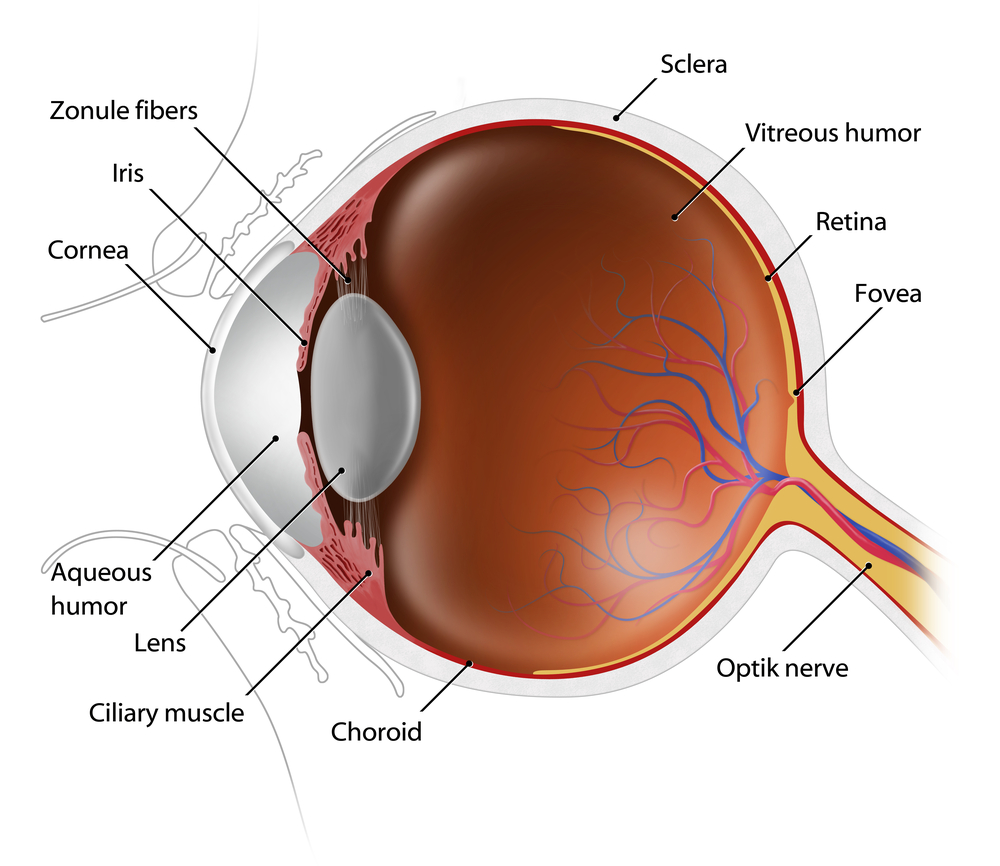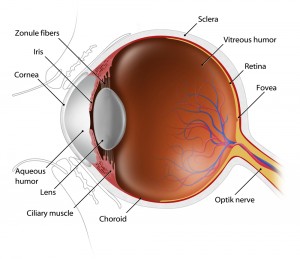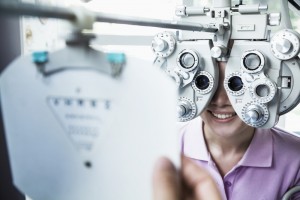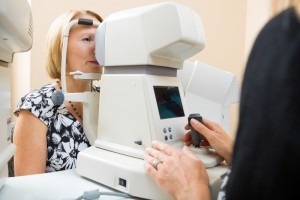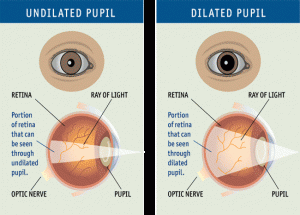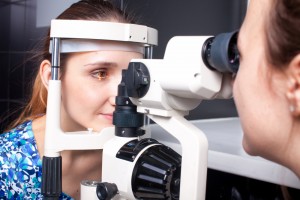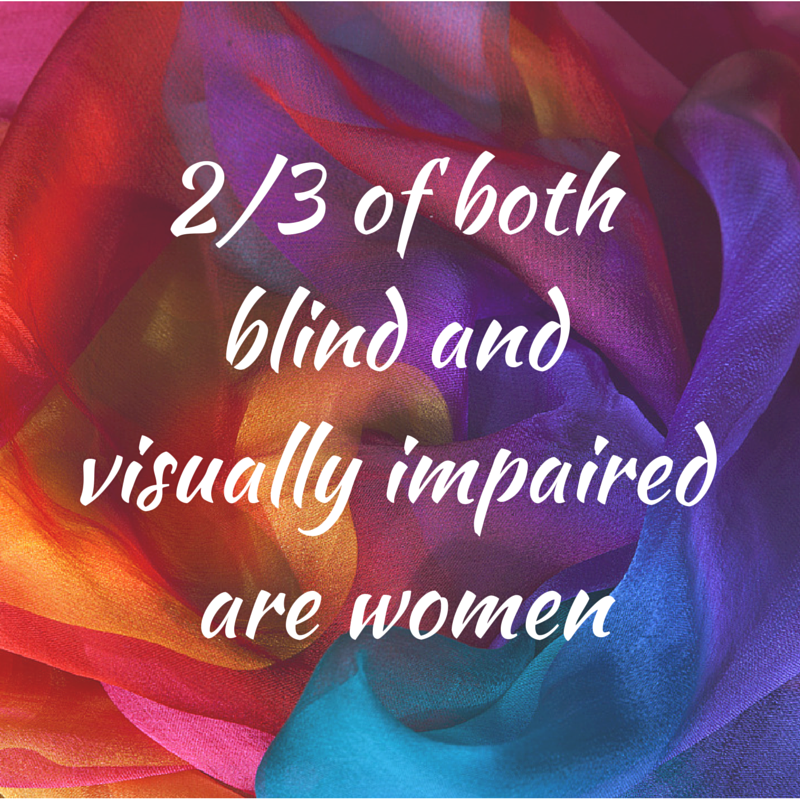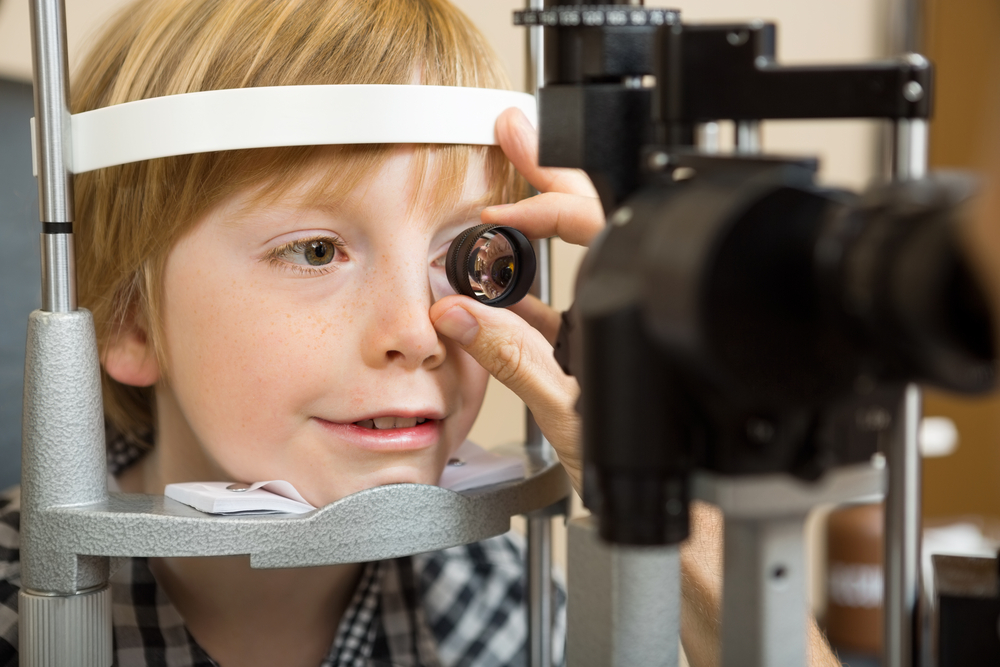Here is part two of our look at famous people with vision loss. The focus this time is the creative minds of artists, actors and musicians.
Artists
Georgia O’Keeffe (1887-1986) – Best known for her paintings of enlarged flowers, New York skyscrapers, and New Mexico landscapes, she was recognized as the “Mother of American modernism”. In 1972, O’Keeffe’s eyesight was compromised by age-related macular degeneration (AMD), leading to the loss of central vision and leaving her with only peripheral vision. She stopped oil painting without assistance in 1972, but continued working in pencil and charcoal until 1984.
Claude Monet (1840-1926) – A French impressionist painter who had cataracts that blurred his vision and caused a severe loss of color perception. After complaining about his cataracts for ten years, he had cataract surgery in 1923. Those paintings before the surgery have more of a reddish tone, while those painted before his cataracts and after the surgery show more blue tones.
Edgar Degas (1834-1917) – A French artist known for his paintings, sculptures, prints, and drawings. He had a chronic and progressive retinal disease that made him sensitive to light and caused him to lose his central vision. Frustrated by these limitations he switched to oil pastels because less precision was needed. He finally resorted to sculpting to be able to utilize his sense of touch and feeling in order to continue to create art.
Actors
Johnny Depp (1963-) – Known for his many movie roles, Depp doesn’t let his vision loss stop his career. Besides correcting his blurred vision, the tinted lenses of the glasses he wears also help with Meares-Irien ‘visual stress’ syndrome, which causes dizziness, discomfort and eye pain. He is also nearly blind in his left eye.
Issac Lidsky (1979-) – A child actor known for his part in the Saved by the Bell: The New Class TV series, he was diagnosed with retinitis pigmentosa (RP) at 13 and was completely blind by 25 years of age. He changed the course of his career, becoming a lawyer. He was a law clerk for Justices Sandra Day O’Connor and Ruth Bader Ginsburg in 2008-09, making him the the first blind US Supreme Court clerk.
Jon Weller (1975-) – A TV actor who has performed on many shows, he is best known for his recurring role of toxicologist Henry Andrews on CSI: Crime Scene Investigation. He has been diagnosed with RP.
Dame Judith Dench (1934-) – A actress has had a long career in theater and film, receiving many awards including ten BAFTAs, six Olivier Awards, two Screen Actors Guild Awards, two Golden Globes, an Academy Award, and a Tony Award. She is well-known for the part of M in the James Bond series of films. In 2012 She announced that she has age-related macular degeneration (AMD), but has no intentions of slowing down. Scripts are now provided to her in a larger font.
Musicians
Ray Charles (1930-2004) – He was born with congenital glaucoma which resulted in blindness by the age of 7. This American singer, songwriter, musician and composer, received multiple Grammys, was inducted into the Rock and Roll Hall of Fame and a Kennedy Centers Honoree.
Stevie Wonder (1950-) – He is a singer-songwriter, multi-instrumentalist and record producer who signed with Motown Records at the age of 12. He has won 25 Grammys and received the Grammy Lifetime Achievement Award. He is blind due to retinopathy of prematurity due to excessive oxygen in his incubator when he was born.
Andrea Bocelli (1958-) – An Italian classical tenor, he was born with congenital glaucoma, but lost his vision at the age of 12 following a soccer accident in which he was hit in the head. He started playing piano when he was six, also learning the saxophone and flute. Bocelli has recorded fourteen solo studio albums, of both pop and classical music, three greatest hits albums, and nine complete operas, selling over 75 million records worldwide, making him one of the best-selling music artists of all time.
Ella Fitzgerald (1917-1996) – An American jazz singer often referred to as the First Lady of Song. She also appeared on TV and in movies. She won 14 Grammy Awards, National Medal of Arts and the Presidential Medal of Freedom. She was diagnosed later in life with diabetic retinopathy due to her advanced diabetes, which also cost her both legs.
Do you know of any creative famous people You could add to this list? Please share them below in the comments.
4/30/15
 Susan DeRemer, CFRE
Susan DeRemer, CFRE
Vice President of Development
Discovery Eye Foundation


